Development of Secondary Education in Assam | MCQ | Class-12 |
Here You will get all MCQ question answers related to Development of Secondary Education in Assam after Independence for class-12, Chapeter-1.
1. After Independence of India, which of the following National Committee was the first committee provided standard and quality of education in Assam?
A. Secondary Education Commission
B. National Education Commission
C. National Education Policy 1968
D. National Education Policy 1986
Ans: Option B. National Education Commission
2. Since 1926, The Secondary Education System of Assam was controlled by-
A. Gauhati University
B. Calcutta University
C. University of Delhi
D. Assam University
Ans: Option B. Calcutta University
3. In which year, the Secondary Education System of Assam was controlled by Calcutta University?
A. 1926
B. 1928
C. 1930
D. 1932
Ans: Option A. 1926
4. When Gauhati University was established?
A. 1947
B. 1948
C. 1951
D. 1953
Ans: Option B. 1948
5. When Secondary Education Board of Assam was established?
A. 1961
B. 1962
C. 1963
D. 1964
Ans: Option B. 1962
6. In which year, controlling the power of Secondary Education of Assam transferred from Calcutta University to Gauhati University?
A. 1942
B. 1946
C. 1948
D. 1953
Ans: Option C. 1948
7. The office of the Secondary Education Board of Assam was located at-
A. Shillong
B. Silchar
C. Gauhati
D. Dibrugarh
Ans: Option C. Gauhati
8. The Secondary Education Board of Assam was established in 1962 as a result of the recommendation of __________.
A. Mudaliar Commission
B. Kothari Commission
C. National Education Policy 1986
D. Sri Prakash Committee
Ans: Option A. Mudaliar Commission
9. Government of India was decided to chance some high school into multipurpose schools on the basis of ___________ recommendation.
A. Secondary Education Commission
B. National Education Commission
C. National Policy of Education 1968
D. National Policy of Education 1986
Ans: Option A. Secondar Education Commission
10. At Present the Assam Higher Secondary courses and examinations is controlled by-
A. Assam Higher Secondary Education Council
B. Assam State School Education Board
C. Assam State Board of Secondary Education
D. Central Board of Secondary Education
Ans: Option B. Assam State School Education Board
11. when Secondary Education Act of Assam was passed?
A. 1960
B. 1961
C. 1962
D. 1963
Ans: Option B. 1961
12. Prior to __________ secondary education in Assam was controlled by the Gauhati University and the Government of Assam.
A. 1969
B. 1960
C. 1961
D. 1962
Ans: Option D. 1962
13. The Secondary Education Act of Assam came into force with effect in the year __________.
A. 1961
B. 1962
C. 1963
D. 1964
Ans: Option B. 1962
14. When Secondary Education Act of Assam was amendment first to prepare and published textbooks and supplementary books through the Assam Textbook production and publication Corporation.
A. 1970
B. 1971
C. 1972
D. 1973
Ans: Option C. 1972
15. When Secondary Education Act of Assam was amendment first to prepare and published textbooks and supplementary books through the Assam Textbook production and publication Corporation.
A. 1961
B. 1963
C. 1972
D. 1973
Ans: Option D. 1973
16. Since __________ twelves year course has been implemented in the state of Assam.
A. 1971
B. 1972
C. 1973
D. 1974
Ans: Option C. 1973
Archives
17. In which year, the twelves year course has been implemented in the state of Assam?
A. 1971
B. 1972
C. 1973
D. 1974
Ans: Option C. 1973
18. On the basis of _____________ commission, the Government of Assam constituted Assam Higher Secondary Education Council in 1984.
A. Secondary Education Commission
B. National Education Commission
C. Lord Curzon Education Policy
D. National Education Policy 1986
Ans: Option B. National Education Commission
19. The Government of Assam provincialized all the high schools and higher secondary schools with enjoyed deficit grant from __________.
A. 31 October 1967
B. 3rd September 1976
C. 1st October 1977
D. 29th October 1987
Ans: Option C. 1st October 1977
20. The Government of Assam constituted Assam Higher Secondary Education Council in ____________.
A. 1974
B. 1984
C. 1986
D. 1988
Ans: Option B. 1984
21. Which one of the following national level committees stated that in each district of Assam established one ‘Navodaya Vidyalaya’ to develop the Secondary education among the meritorious children of rural level?
A. NEP, 1968
B. NEP, 1986
C. NEP, 2020
D. POA Act, 1992
Ans: Option B. NEP, 2020
22. Which one of the following national level committees stressed on the vocationalisation of secondary education?
A. Secondary Education Commission
B. National Education Commission
C. National Education Policy, 1986
D. All of the above
Ans: Option D. All of the above
23. The National Policy on Education was formulated by-
A. State Govt.
B. Central Govt.
C. Both
D. None of the above
Ans: Option B. Central Govt.
24. NEP, 1986 was developed by-
A. Prime Minister
B. Defence Minister
C. Education Minister
D. None of the above
Ans: Option A. Prime Minister
25. A review of NEP, 1986, POA was done by-
A. National Commission for teachers
B. Ramamurti Committee
C. Yashpal Mehta Committee
D. Yashpal Sharma Committee
Ans: Option B. Ramamurti Committee
Related Post Just Click Here: Chapter-1 Development of Secondary Education in India and Assam class-12.

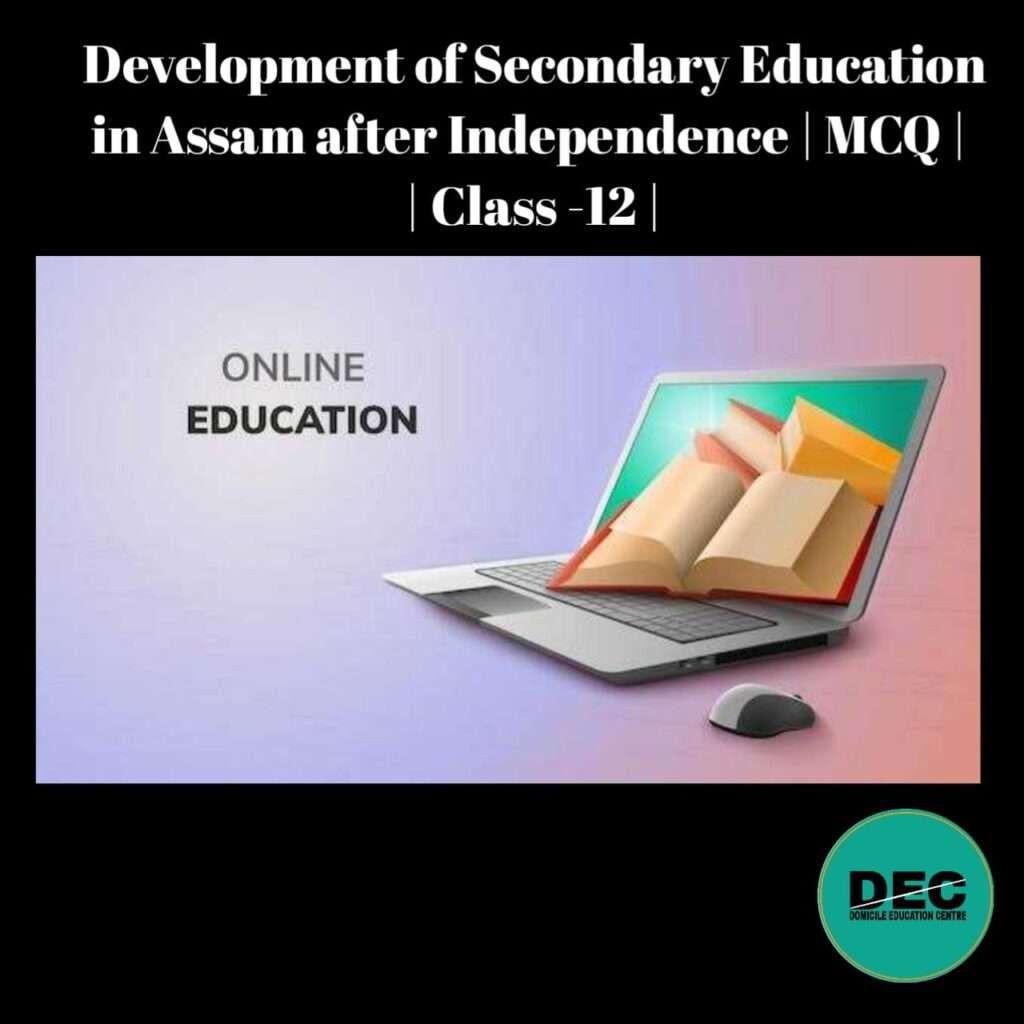

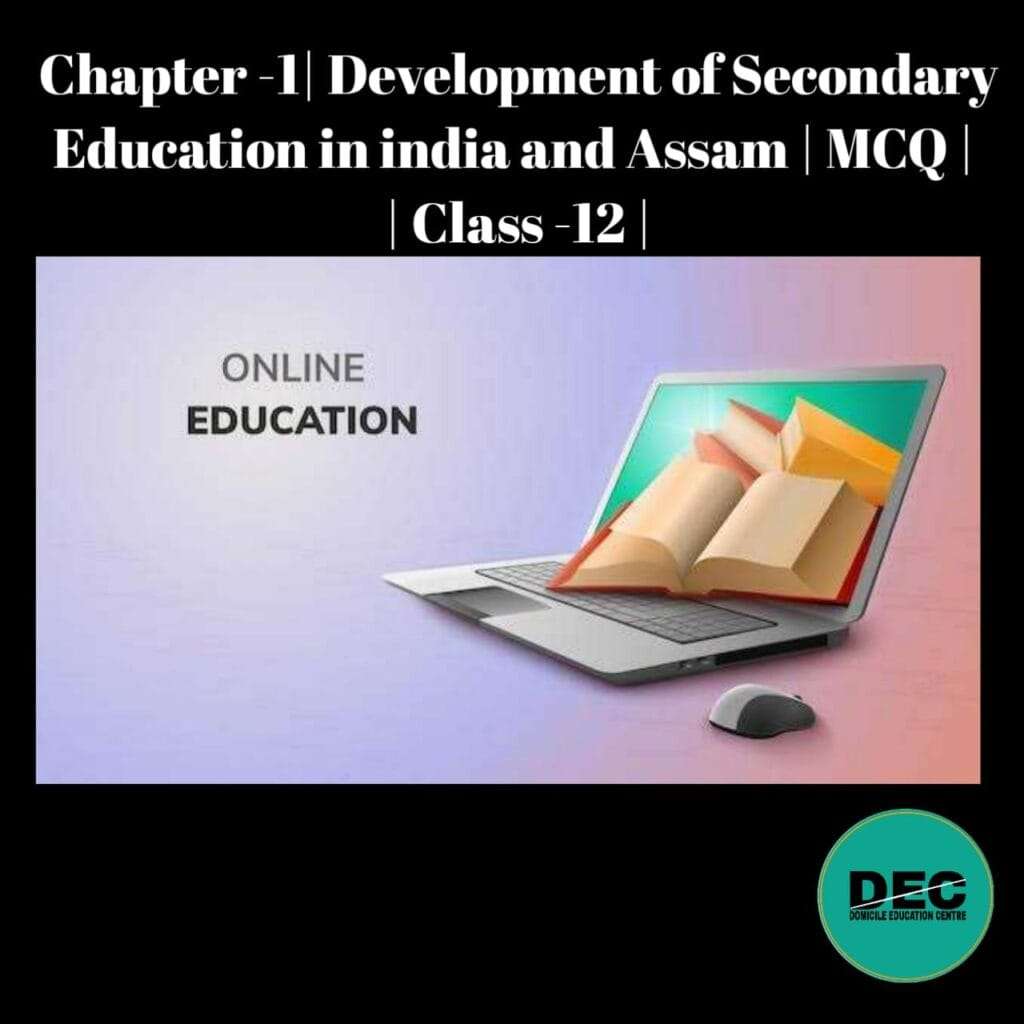

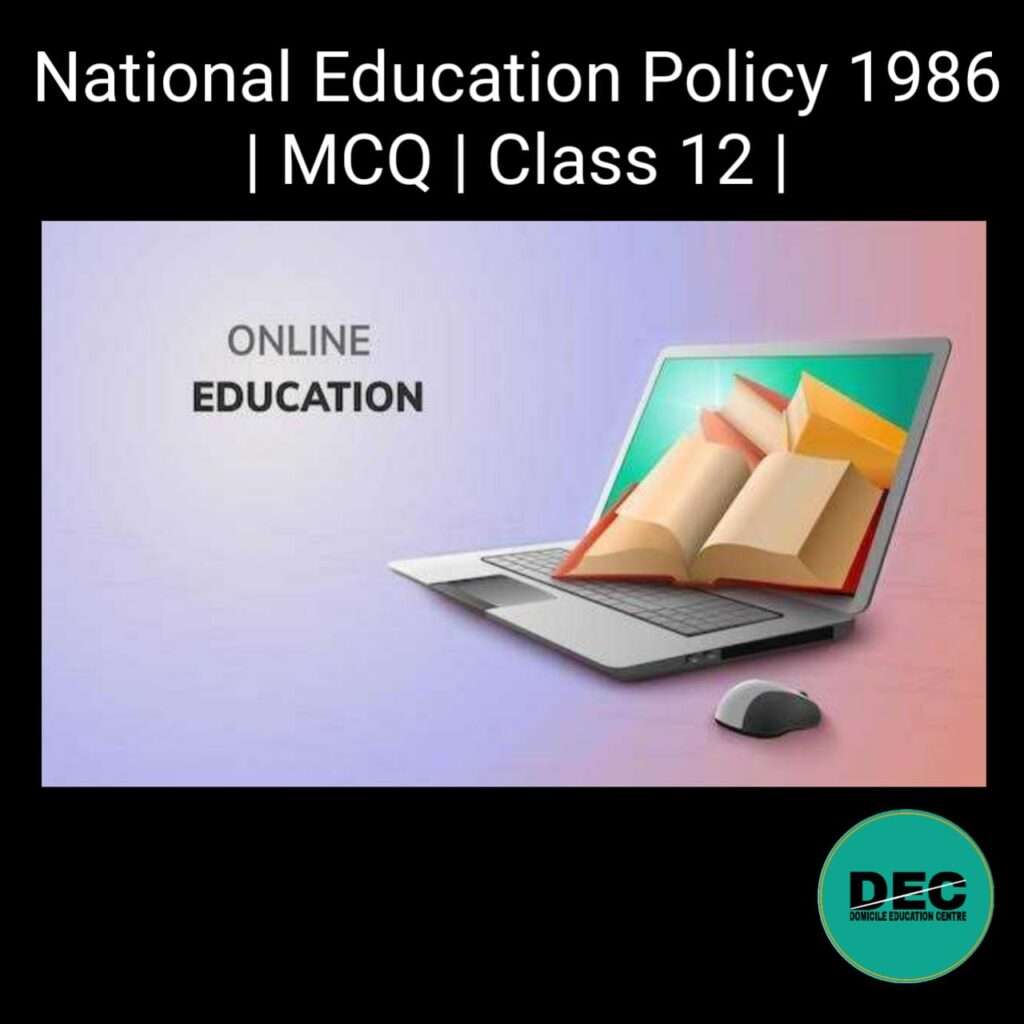

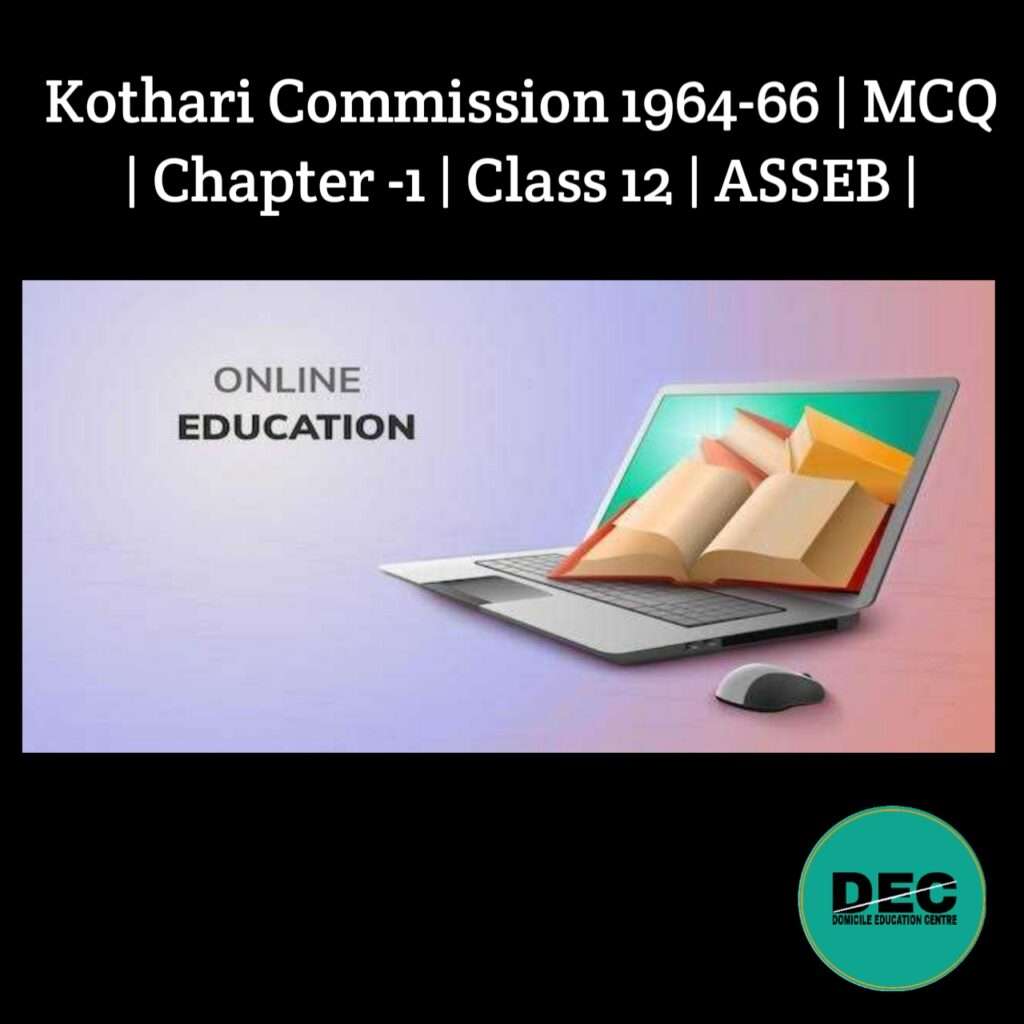

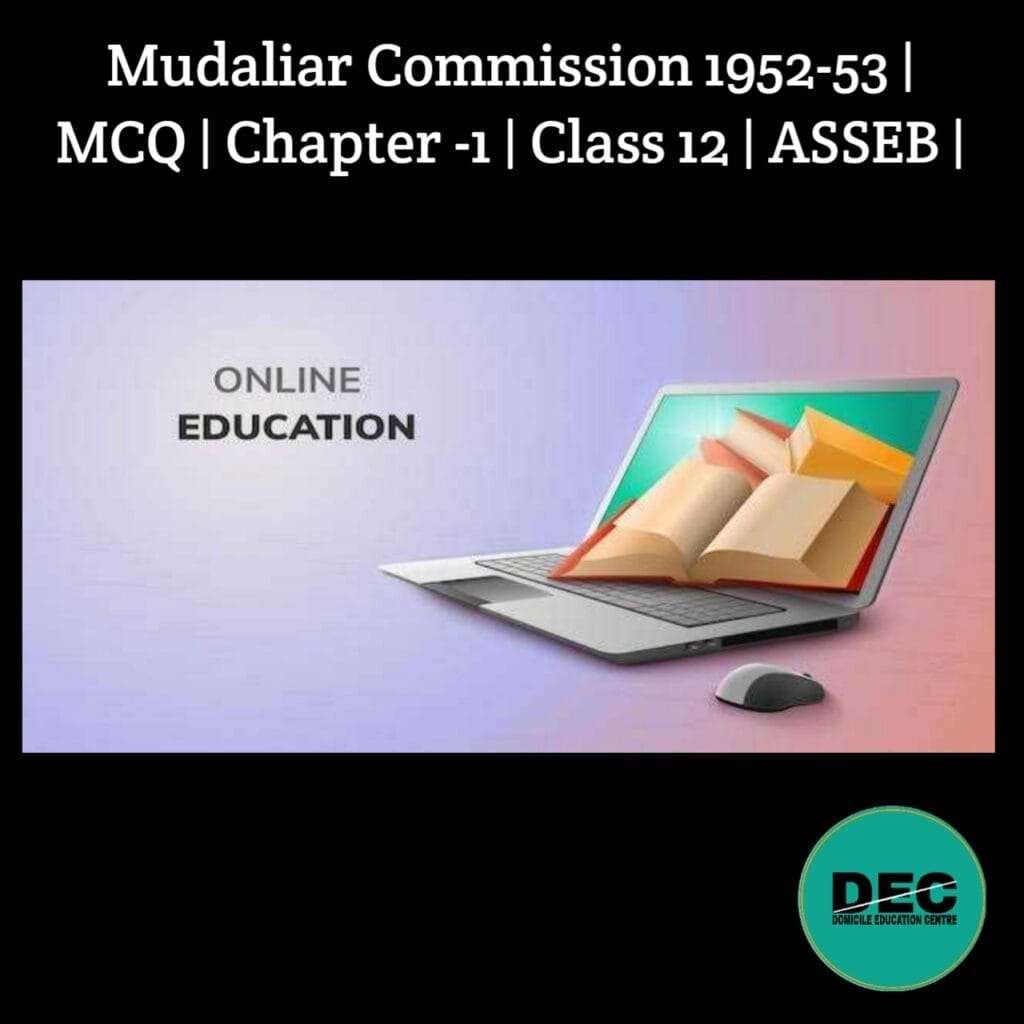

Recent Comments